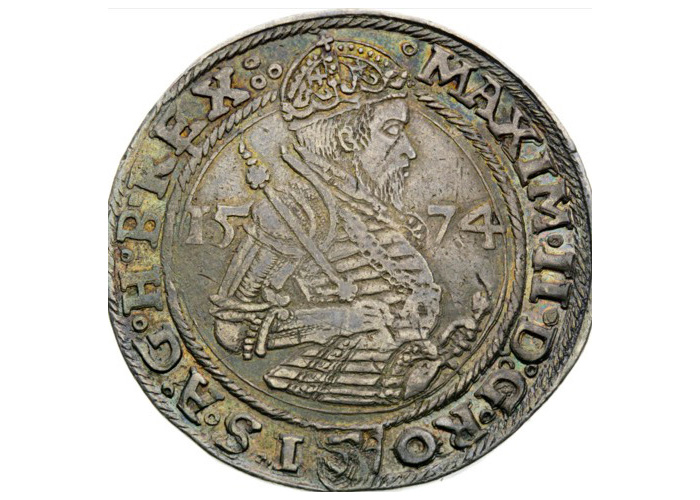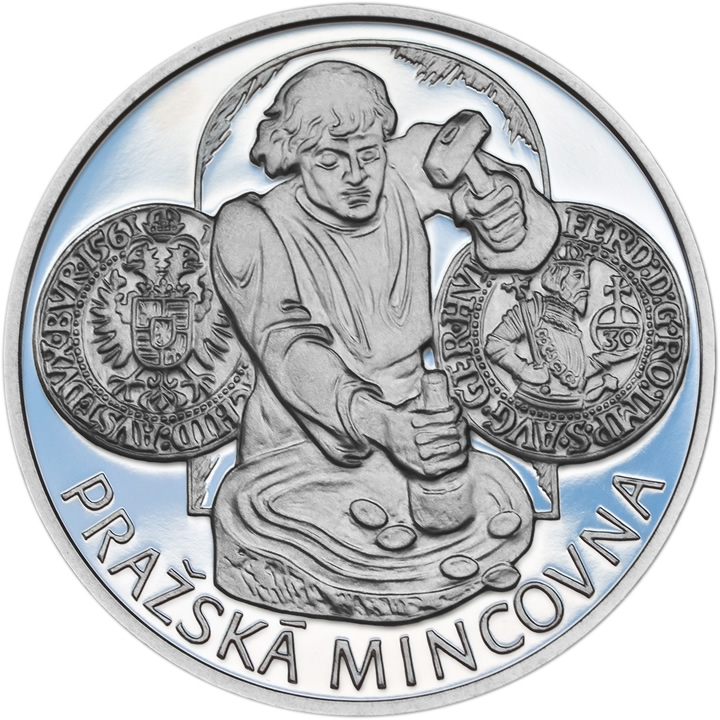Free Facts On Quality Control Czechoslovakia Medals
Wiki Article
What Are The Advantages Of A Plaster Mold Employed To Create A First Physical Representation For A Gold Coin Or Medal?
There are several steps involved in the design of an "maquette" or plaster mold, based on the designs of a silver or gold coin. The initial step is to utilize the design of the medal or coin as a starting point. This design could be a sketch drawn by hand, or a digital representation made using graphic design software.Choosing the appropriate medium- Plaster is a common material used to create maquettes because of its flexibility and ease of sculpting. Other materials such as wax or clay could also be considered.
Plaster preparation - Plaster is combined with water to produce an able consistency. To ensure a clean mould the mix must be smooth and free of lumps.
Create the base- The maquette is created on a platform or base. This base could either be a board of wood or a flat surface that provides stability.
The Maquette is created using the gold pattern as a reference. This involves making the plaster into a 3D or relief image of the coin.
Detailing and Refinement: The artist adds details to the design, refines the contours and ensures the accuracy of proportions and design elements. This stage involves careful attention to the particulars.
Allowing for drying and setting - Once the sculpting process is completed, the plaster should be allowed to dry. This allows for the maquette's form to be preserved and for its hardening.
After drying the maquette it is finished and smoothed to remove any bumps, imperfections or rough spots.
Preservation and sealingThe sealant or the protective coating can be applied on the maquette's surface in order to protect it and prepare it for subsequent processes such as scanning or molding.
The final maquette of plaster represents the gold medal or coin design in a three-dimensional form. It is used as a reference to physical objects for further stages in the process of production like scanning to create digital replicas, creating molds to make mass production, or as a model to allow artists to visualize and refine the design prior to production. Have a look at the top rated Prague Mint gold medals plaster molds website tips. including gold medals michael phelps, gold quarter dollar, bullion gold bars for sale, gold apmex price, gold medals, bullion dealers, gold buy bullion, coin buy silver, gold silver dealers, gold american eagle price and more.

How Does The Janvier Machine Transfer Gold Coins Or Medals Design To The Working Hub Of The Master?
A Janvier machine is also called pantograph, also known as a the reducing machine. It is employed to transfer the designs of a coin or medal from the master to an operating center. The Master Hub Creation is explained in this video.
The master hub is the first coin, medal or coin mold. It is usually made using CNC cutting or other high-precision methods to ensure precision.
Configuration for Janvier Machine-
The Janvier machine comes with a stylus, which copies the design from the master hub to the working hub.
The hub master is securely mounted on the Janvier machine and acts as a template upon which the design will be transferred.
Finding the Design
The stylus of the Janvier machine follows the contours and details of the design on the master hub. The stylus on the Janvier machine captures the profile as it moves across the surface.
Reducing the Design
The Janvier cutting tool of the machine copies the traced design on the hub that is working. The hub is made from a less hard metal than the master, which is typically steel or nickel.
The cutting tool reduces, or duplicates the design to the hub of work with a smaller or less size compared to the master hub. This reduction is essential for the process of coining since it allows coins or medals to be struck in the desired sizes.
Accuracy and Precision
Janvier machines are operated with precision in order to ensure a perfect transfer of the design from master hub to working hub. It recreates every single detail and contour with accuracy.
Quality Control
The quality of the final hub is assessed to ensure that the design of the transfer is in line with the specifications required for the striking process.
More Processing
The hub of the Janvier's can be used as an tool for striking coins and medals. It serves as the mold or die to create multiple blanks for medals or coins that have the design transferred.
The Janvier machine's purpose is essential in the minting process it allows the reproduction and reduction of intricate coin or medal designs from a master hub to working hubs accurately. The hubs that are working can be utilized in the production process for mass production of coins or medals. Check out the top janvier processing Czechoslovakia gold medals site recommendations. including gold bullion bar price, gold and silver dealers near me, gold and silver buyers near me, krugerrand coin, gold medal gymnasts, 1975 gold penny, apmex gold coins, gold pieces for sale, euro coins, liberty head nickel and more.

Why Are Dies Hand-Polished To Ensure That Gold Medals And Coins Have The Perfect Surface?
It is for a variety of reasons that it is crucial to polish dies manually in order for them to have a smooth, flawless surface. Improved Detail reproduction By hand polishing, imperfections, burrs or irregularities are removed from the surface of the die. A smooth surface allows complex details to be better reproduced on the medals and coins.
Improved Coin or Medal QualityA die that is polished ensures that the struck coins or medals are sharp and have well-defined edges, details, and relief. This improves the overall appearance and quality of the finished product.
Polishing reduces wear and tear that occurs during the process of strike. A smooth surface minimizes the possibility of mistakes or inconsistencies that are caused to the coin or medal struck by rough surfaces.
Consistency in Striking- Hand-polished dies provide a consistent striking surface, which ensures uniformity throughout the process of minting. Consistency ensures the quality and accuracy of the design on all coins or medals.
Die longevity- Die that is well-polished is less susceptible to wear or harm during the striking process. Die dies are stronger and last longer, which allows for an increased number of strikes to be struck without sacrificing quality.
Accuracy and Precision Hand polishing enables engravings to fine-tune and refine certain areas of the die. This guarantees that the details are accurately reproduced on struck coins or medals. This level of precision is crucial to the precision of the finished product.
Quality Control - The polishing process is a part of quality control. The inspection of the die during hand polishing can be a method to spot and correct any defects or irregularities before the striking process.
Surface Finishing - Polishing may give specific textures or surfaces to the coins and medals struck to enhance their visual appeal.
Hand polishing the dies of gold coins and medals with care is an important process to make sure that the finished product is of high-quality, accurate, and pleasing to the eye. It's crucial for the appearance, consistency and durability of the finished product. Check out the best hand polishing Prague Mint gold coins blog recommendations. including 50 dollar gold piece, 10 dollar gold coin, silver and gold buyer near me, gold american eagle price, gold biscuit buy, 1 10 oz american gold eagle, 1 oz gold coin price today, liberty gold coin, gold and bullion, 10oz gold bars and more.

How Are Gold Blanks Being Fed And Stamped Using High Pressure In Coin Presses During Minting?
When minting, gold blanks must be loaded into coin presses, and stamped at high pressure in order to create finished awards or coins. This is a brief overview of the procedures involved in loading blanks.
The gold blanks are put into the feeder system which is connected to the coin presses. This feeder system provides an ongoing supply of blanks for the coin press.
Feeding Blanks to the Press
The feeding system was designed to move the blanks one at a time into the chamber for striking. This ensures precise placement of the blanks.
Alignment and Positioning
The blanks are then positioned and aligned inside the chamber for striking of the press in order to ensure they are perfectly centered to be used for stamping.
Striking under High Pressure
The coin press is made up of two dies, one stationary and the other that moves. The stationary die makes a negative impression on the design of the coin while the moving one is the hammer that strikes the blank.
Die moves and strikes the blanks with immense force. This transfers the design to the surface of the blank. The pressure exerted by the dies creates the design, creating the relief that is raised as well as details on the coin, or medal.
The repetition of striking is not required.
Multiple strikes can be used to create a more sharply defined appearance or design on high quality medals and coins. Each strike improves the details on the surface of the coin.
Ejection and Collection
Once struck, the newly-minted coins or medals are removed from the press and collected in trays or containers. The designs stamped on them are checked for quality to ensure they conform to the standards set by the manufacturer.
Post-Processing-
Based on the specifications for mint design, coins and medals can undergo additional treatments, such as edge lettering or reeding or post-strike treatment.
The process of stamping under extreme pressure is vital because it transfers the desired design on the gold blanks, turning the blanks into finished pieces of gold ready for use in collection, circulation, or for commemoration. This process is extremely precise, since any changes in pressure or alignment will impact the overall quality of the piece. View the best minting Prague Mint gold medals blog recommendations. including saint gaudens gold coin, 1oz gold eagle coin, gold coin prices, coin gold silver, gold coins coin, old silver dollars, american eagle gold coin 1 oz, gold coin 24k price, gold silver shops near me, 1999 gold quarter and more.
